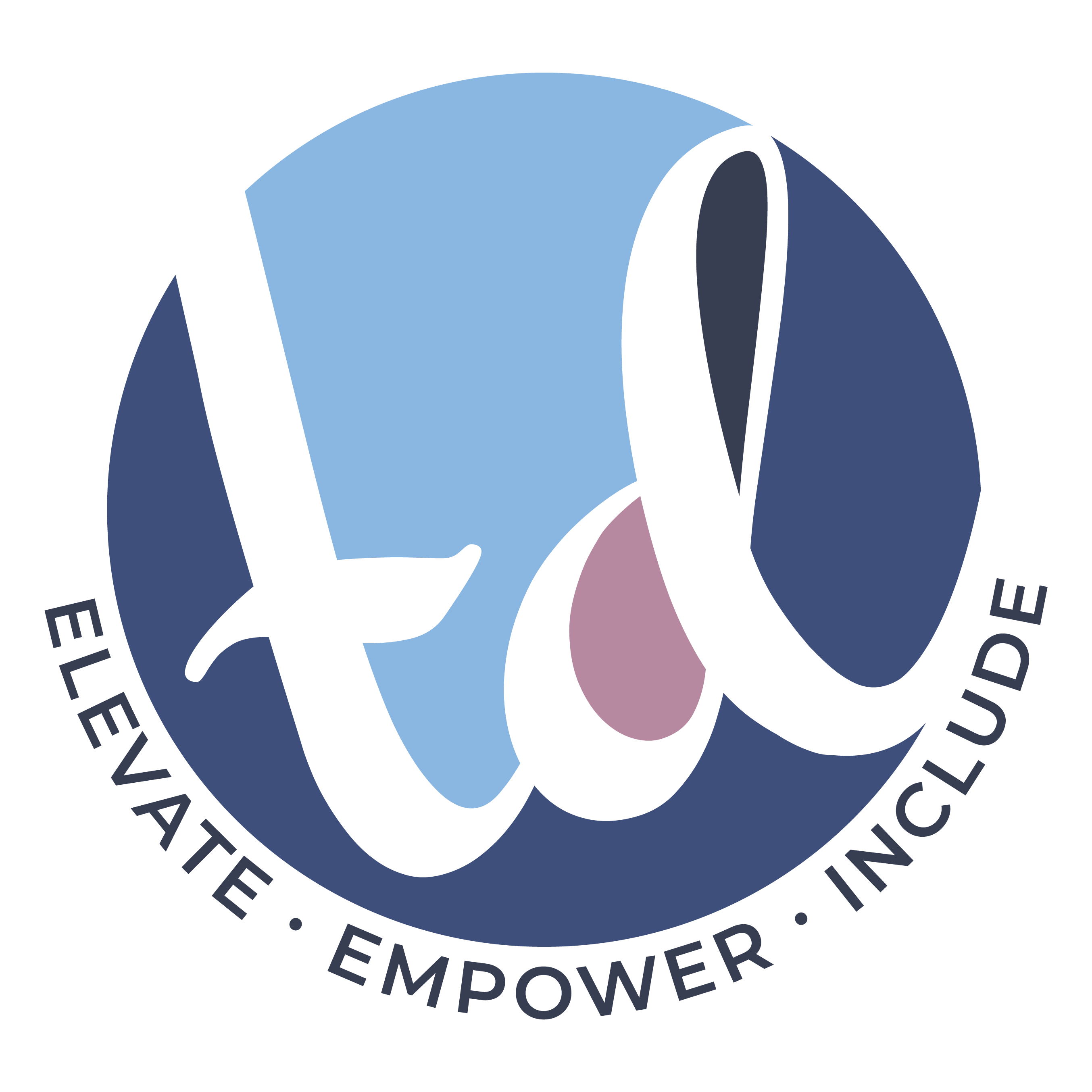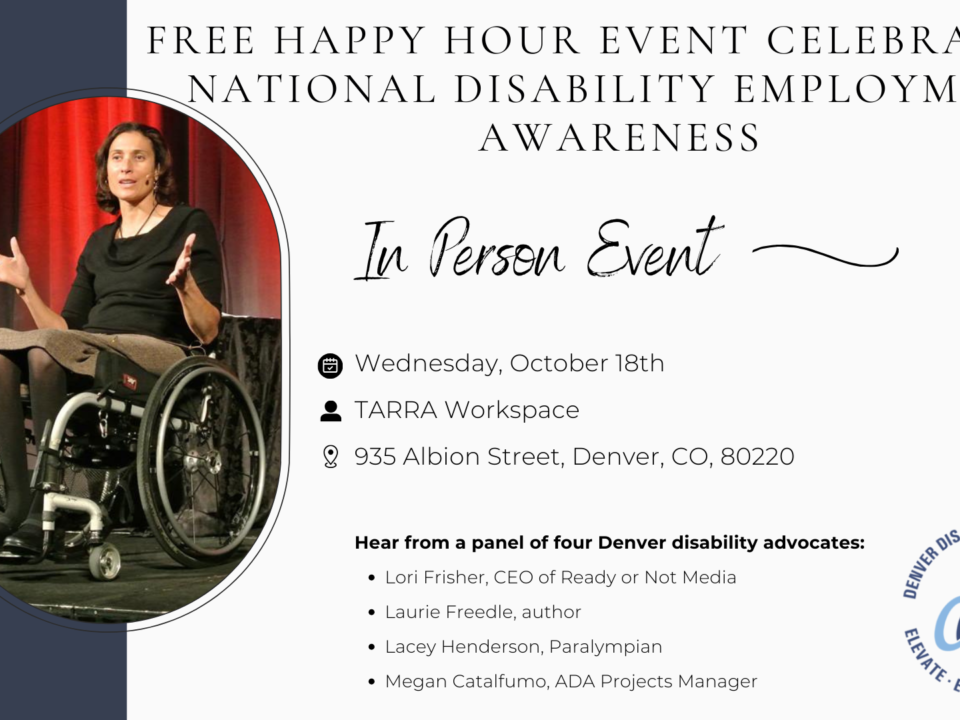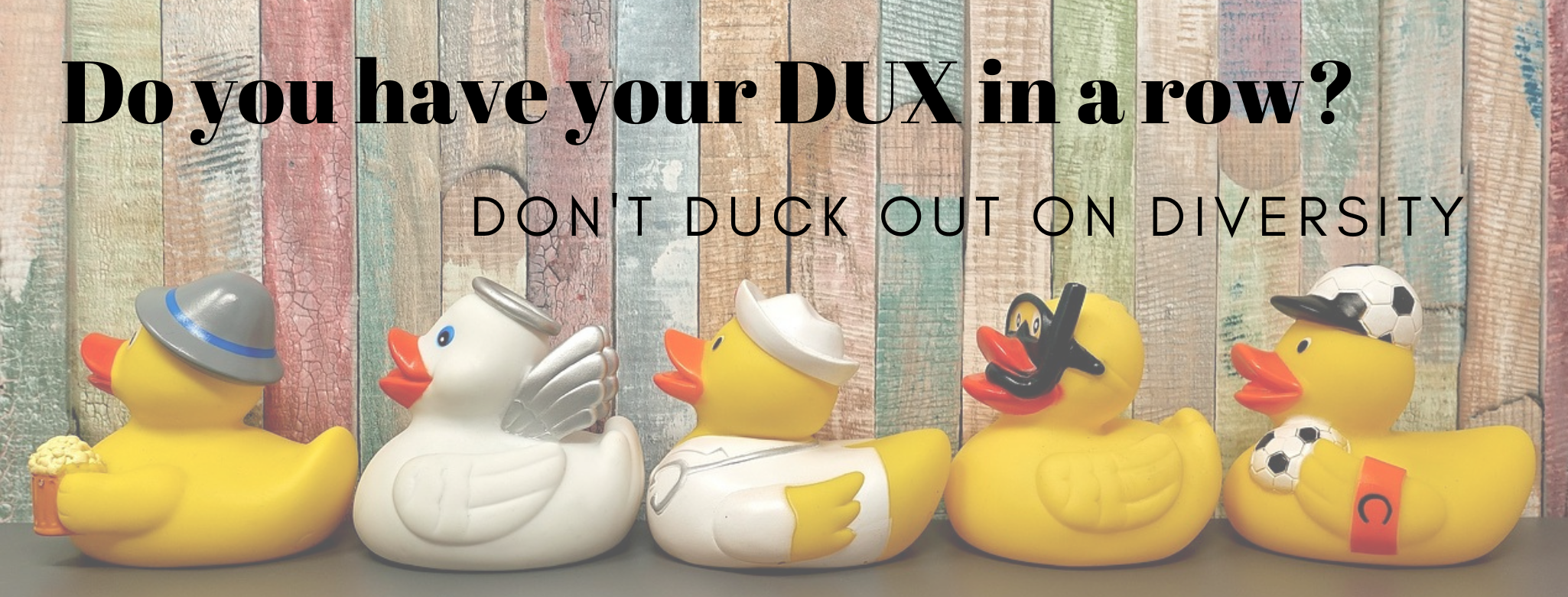I owe a lot to my Mom. So often people have complimented me on my strength, courage and perseverance following my accident and injury and though I owe my healing to more people than I can name, there is one person who was not only by my side for the whole time, but who modeled for me resiliency through all times in life. She taught me how to take my lumps as they came, handle them with grace and to always count my blessings. I will always love and miss my mother and never forget the lessons she taught.
The following story is an excerpt from my memoir Cycle of Hope, but also appeared in the Chicken Soup for the Soul book, “The Magic of Mothers and Daughters.”
**
I felt so small lying on the gurney, covered in crisp white sheets when my mom walked in. I experienced a rush of relief at the sight of her. It didn’t matter that I had turned 31 six weeks before the accident. A mom is a mom no matter how old you are, and at that moment, I realized just how much I needed her. It was like I was back in the fifth grade when I broke my arm at gymnastics practice. At the time, I thought my world would come crushing down because it happened in May, just before the pool opened for the summer. With a cast on my arm, I wasn’t going to be able to swim. As my mom and I sat in the hospital emergency room that night, I remember her holding me on her lap, smoothing my hair and consoling me through the trauma of it all.
This was a different time and a much more serious injury, but my need for her was just the same. I locked eyes with her and said, “Momma, I don’t want to be paralyzed.” Tears rolled down my cheek.
“Honey, don’t worry,” she soothed as she once again ran her fingers across my forehead and through my hair. “We don’t know anything for sure yet.”
But I knew. I couldn’t feel my legs. I was paralyzed. I could see from her face that she was fighting that fear too. She looked like she wanted to take me in her arms and tell me that everything was going to be alright. But it wasn’t going to be that easy. We both knew we were in for a lot worse.
“Honey,” she said. “There’s always hope. You must have hope.”
Hope. How ironic. When I was born they named me Hope. Don’t ask me who “they” were—I don’t know. It could have been the college kids who had an “oops” one night and knew they couldn’t keep me. Or maybe the secretary at the Department of Welfare who had to fill out my paperwork and figured I would need all the positive energy I could get. Whoever it was, how could they have known that what I needed right then, lying in that hospital, was hope?
Before I came along, my mom, Patricia, Pattie for short, had given birth to three adorable boys. From the top of their tow-heads to the tips of their chubby pink toes, they were all born healthy and full of personality. And Mom loved them with all of her heart.
But something was missing. My mom wanted a girl—a baby to dress in ruffles and lace. A daughter to watch through the years, grow from toddler to teen and experience the life events of prom, graduation and marriage. She wanted that bond that can only be shared by mother and daughter. For my mom, the family would not be complete without a little sugar and spice. Maybe that’s not the dream of every father, but Dad already had his boys. She yearned for a girl.
One day, Mom found an article in the Rocky Mountain News, “Alone in the World,” about a little girl named Rene, who was up for adoption. The article read: “Rene is just six weeks old, but she already has a winning personality. She loves to be cuddled and shows curiosity about her surroundings. Because Rene is of Negro-Caucasian descent it is difficult to find a home for this baby. She is one of about 50 children of special needs who have no prospects for adoption according to Denver Department of Welfare social workers.” There was an address and contact person listed at the bottom of the article.
At that time in the late sixties, there was an abundance of mixed-race children up for adoption. It was still a period when people of different races weren’t encouraged to be together, a time when these relationships could even be considered taboo. When a child came along, often the mother felt the only choice was to give the child up for adoption. There were enough of these cases that the Department of Welfare placed ads in the newspaper touting particular children who needed caring families and stable homes.
Mom clipped out the article on Rene and made up her mind. She was going to adopt a mixed-race baby. A girl! The more she thought about it, the more the idea appealed to her. She knew there were a lot of mixed-race babies out there who needed a home, and she liked the idea of being able to give one of those children a second chance. She also knew that if she wanted to have a fair-skinned child, she and Dad were capable of taking care of that themselves. As luck would have it, she had recently taken a course at the local women’s college on Black History and found herself fascinated with the trials, tribulations and strength of the African American culture. Of everyone I know, my mother is one of the most kind and accepting people I have ever met. I used to tease her that she could strike up a conversation with a tree. She’s not afraid to talk to anyone and she always takes an interest in what people say. She wants to know who they are and what makes them tick. She genuinely cares. And she doesn’t discriminate. For Mom, race wasn’t an issue. She just wanted a girl. A beautiful, brown baby girl.
She talked it over with Dad and soon they were filling out the forms. They went through family interviews with Social Services and put in their request for the type of baby they wanted. My mom’s only stipulation was that she wanted a baby girl who was between two and six months old. My father, an obstetrician, had a great deal of knowledge about healthy versus unhealthy babies and was more concerned about the mother and her health history.
By the time my parents had completed the screening, baby Rene had already been adopted. But that didn’t stop Mom. After starting the process in the heat of the July sun, six months later, in the dead of winter, my parents received the call. A five-and-a-half-month-old baby girl named Hope was waiting for them to take her home and love her. The entire Downing clan– including the boys, Sam, Andy and Greg– piled into the car and were on their way.
That was the day they met me. It wasn’t a ceremonious exchange, but more like, “Here’s the little girl you ordered.” The cost of the entire adoption was in the neighborhood of twelve dollars—a fact my older brother Greg never lets me forget. His favorite insults when we were growing up were, “You didn’t even cost as much as Barbie’s penthouse!” or “I hope Mom and Dad kept the receipt!”
My mother fell in love with me instantly. She loved my olive skin and my deep chocolate-brown eyes. She loved the little tuft of curly black hair that stood straight up on the top of my head.
After Dad went back to work at the hospital that day, she took me to the hairdressers, then to the church to show me off. I didn’t look anything like her or Dad, but Mom didn’t care. I was her baby girl and her late birthday present. I arrived six days after her 32nd birthday. And from that day forward, even though I wasn’t physically a part of her, I became an everlasting piece of who she is—her second half. She is Patricia Carolyn. My name is Tricia Lynn.




